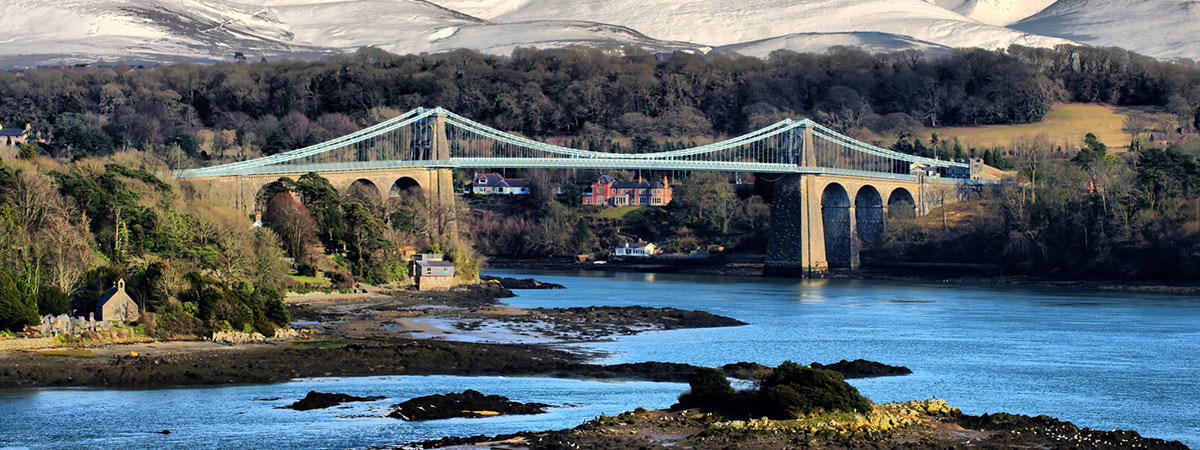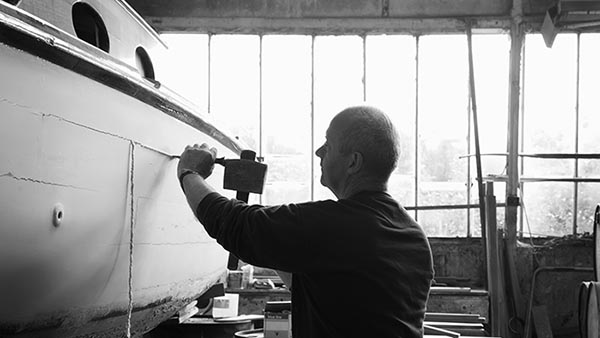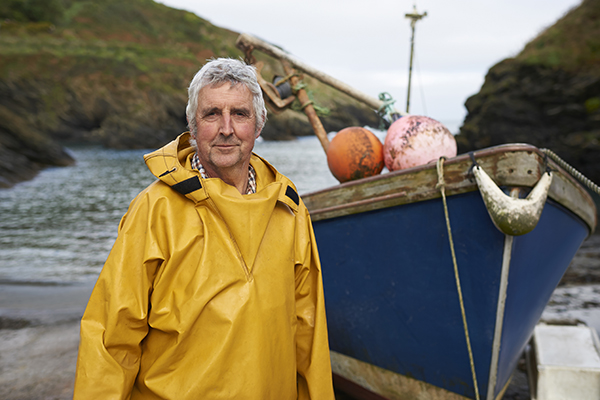In September 2015, we launched the first iteration of the RSA’s Heritage Index. This was an unprecedented data exercise, bringing together over 100 ways to measure the richness of heritage assets and activities across every local area in England, Scotland and Wales.
We are now in the midst of work to refine the previous index, and to expand on the range of data included. To make sure we don't miss anything, we are asking you to consider submitting data, and to suggest improvements to the way in which we combine the many sources of data to produce a single Heritage Index score. We are also building a Northern Ireland index.
We’ve been sharing stories of how Fellows are using the index over the last year – including how Italy is using the Heritage Index in schools, the questions Ashford residents are being asked about where they live, and how the Heritage Index was used to get people through the door of Anstice Memorial Hall in Telford.
Now we're looking to make the Heritage Index bigger and better for 2016.

"Could the Heritage Index benefit my organisation?"
The Heritage Index is designed to help heritage organisations and local partners to:
- Attract publicity and profile
Last year’s Heritage Index, published in September 2015, attracted national coverage from The Times, Daily Mail and The Guardian. It stirred dozens of groups to champion local heritage, and those tuning in to local radio will have heard some of the controversy generated along the way. Over 50,000 people interacted with our maps to see how their local area compared.
- Plan and fundraise
Barrow-in-Furness is well known for high levels of deprivation - but it also comes top of all 325 English boroughs for the quality of its landscapes and natural heritage in the Heritage Index. Inspired by coverage on the BBC evening news, local community leaders have been able to expand their network of partners to develop a green infrastructure plan. They recently secured government funding to pursue projects to make environmental improvements and new connections across Barrow’s communities.
- Inspire volunteers and campaigns
Worcester ranks alongside Oxford and Cambridge in the Heritage Index. Inspired by this, Worcester City Council designed a poster to highlight that it came in England's top 10, which was then promoted around the City.
Braintree, by contrast, did less well, however is keen to promote the good heritage assets - so RSA Fellows in the region are promoting a 'heritage trail', linking up and promoting local heritage.
"Can I submit data to feature in the Heritage Index?"
Yes! We rely on organisations which have a nationwide presence to share data (note this could be all UK, or any of the four home nations individually).
Many organisations already make their records open for anyone to use, including Historic England and Scottish Civic Trust. We have also worked with other organisations who have kindly shared the data that sits behind online maps – from dozens of local youth archaeologists clubs, to the database of 68,000 war memorials.
Have a look at the full range of data and sources used in last year’s 2015 Heritage Index. What could you add from your organisation? What are you aware of that you suggest we add?
Remember, to make the Heritage Index fair to all local areas, our data needs to be comprehensive. So rather than telling us “we manage a great old windmill down the road, it should be included”, we want to get the national picture. We’d love to work with organisations that have an overview: running open days (eg National Mills Weekend), engaging the public or keeping registers relating to aspects of heritage all over the UK. We’re open-minded, and use a broad definition of heritage: we include data on everything from the number of protected local cheeses to the size of local nature reserves.
"Can I influence the way you measure heritage?"
Yes. We’d also like you to tell us what you thought of the way in which we combined the many indicators of heritage. Have a look at how we balanced the indicators to produce a single Heritage Index score – for example, we ‘weighted’ UNESCO World Heritage Sites more heavily than Grade II listed buildings.
- Fill out the survey now. Links to Wales and Scotland are available through the survey.
You have until September 7 , 2016 to complete this survey.
Find out more about our Heritage Ambassador network.
Related articles
-
Pride in place: unlocking every area's potential
Hannah Webster
How our local heritage can create a better future.
-
Changing how we see heritage can help us build back better
Becca Antink
How the heritage sector is making a difference in local communities.
-
The blank page approach to cultural heritage
Stephen Stenning
The best way of protecting heritage isn't locking it away. Stephen Stenning on creating a people-centred heritage sector by re-thinking our old assumptions.




Join the discussion
Comments
Please login to post a comment or reply
Don't have an account? Click here to register.
Three Years ago we started Timewalk project to map Sheffield's heritage. We started by asking all the local organisations for their heritage trails. There were rather a lot but it gave us an idea of what the local communities felt important to their history. Much of what local people find important to their cultural identity has never been listed. Locally we battled to protect an old dairy with its farmhouse and cow sheds. Its interior is medieval cruck frame but its exterior has a 17th century stone facing. Its history in documents starts in the 16th century. It is the last of the dairy farms of the area. Only closed as Dairy fairly recently. It was as all farms were in the area once a manufacturing site for scythes as well as a dairy. No amount of pleading resulted in a listing. This is not an uncommon tale. Across the city in Walkley the people lost their fight to save the oldest building there. Timewalk project has now become part of a huge network of people, around 6'000 at last count. They want to make a difference but the ground is frequently taken from under them. On Twitter there are similar stories in areas right across the country. Listing was a great idea but it has its shortcomings. How do we protect that which is important to the community?